'Planet 9' hasn't been spotted yet, but check out these 9 space objects
Scientist who led charge to demote Pluto to dwarf planet says there may be a 9th planet
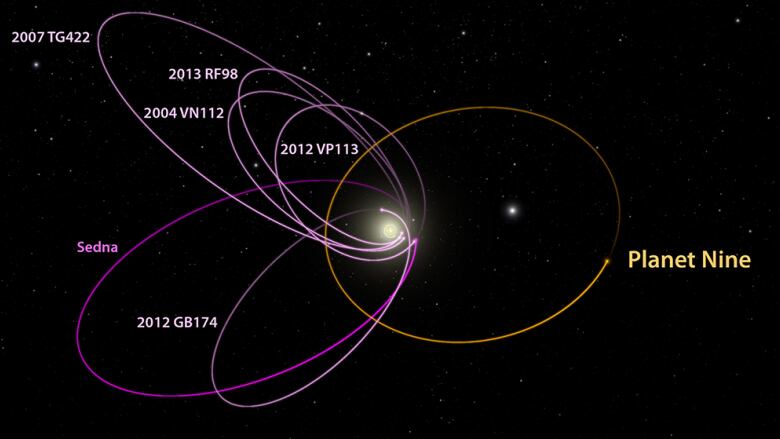
The long-hypothesized existence of a ninth planet in our solar system may have just taken a giant leap forward in becoming afact,thanks to the work of a pair of California Institute of Technology researchers whoon Wednesdayreleased findings in The Astronomical Journal.
While they've called it Planet 9, it's important to note "it" hasn'tbeen spotted yet.
Astronomer Mike Brown and planetary scientist Konstantin Batygin based their findings on computer models and, with the publication of the math they used, the two are confident their "discovery" will be verifiedwith a telescope within five years.
In the meantime,here'sa look at 9other celestial discoveries, starting with Pluto:
The New Horizons spacecraft is beamingback photographs of dwarf planetPluto that reveal in unprecedented detail the topography of our distant, icy neighbour,including vastplains, mountains and even a giant "cryovolcano" nicknamed Wright Mons.
MikeBrown, known as the Pluto killer, was instrumental in the determination thatPluto, once considered our ninth planet, was in fact too small to hold the designation. Pluto was stripped of itsplanetary status in 2006.
NASA's Cassini spacecraft photographs ice geysers on Saturn's moon Enceladus.
Mars Reconnaissance Orbiter finds liquid water may still flow on the Red Planet.
The Mars Rover sent back some cool pictures from the surface, too.
The once mysterious bright spots on Ceres, a dwarf planet.

Data sent home from the Dawn spacecraft has led scientists to believe those weird luminous spots are likely made ofmagnesium sulphate, a mineral commonly known on Earth as Epsom salts.
Comet Catalina was discoveredin 2013 by a project thatlooks for potentially hazardous near-Earth objects.
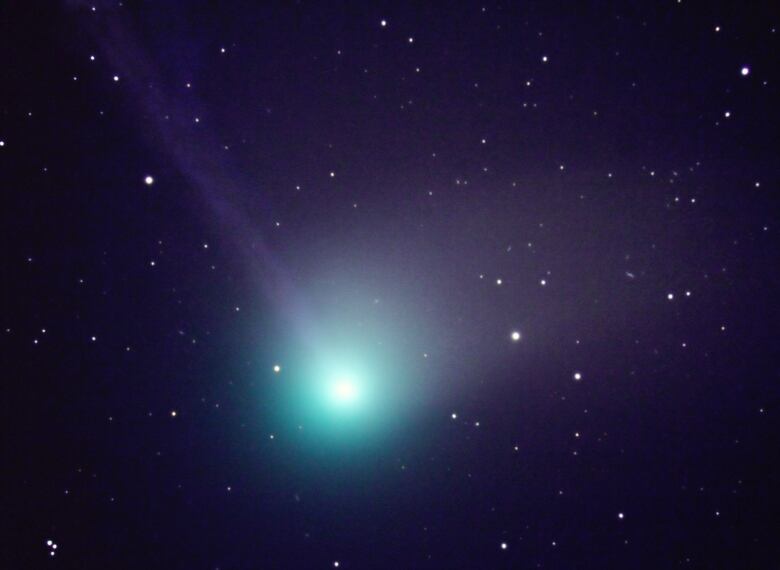
New Horizons probeleaves the solar system after Pluto flyby.
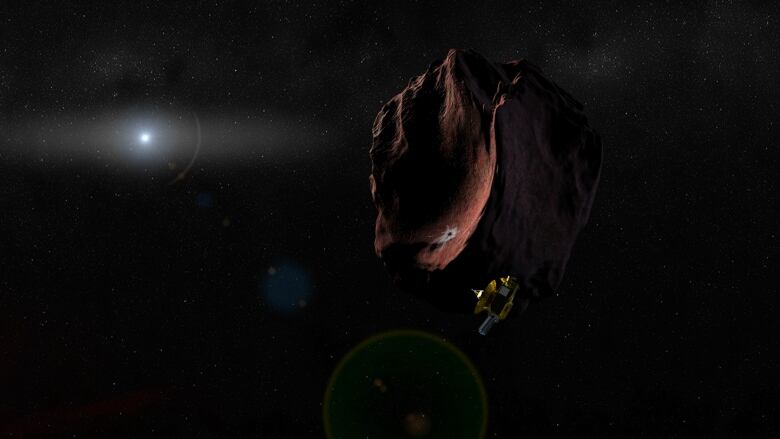
New Horizons, built to explore Pluto, was reprogrammed totarget a distant icy speck known asPT 1 after successfully completing its mission. While not an actual discovery yet, itis expected to arrive on New Year's Day 2019.
Rosetta finds 4billion-year-old molecular oxygen in a comet.
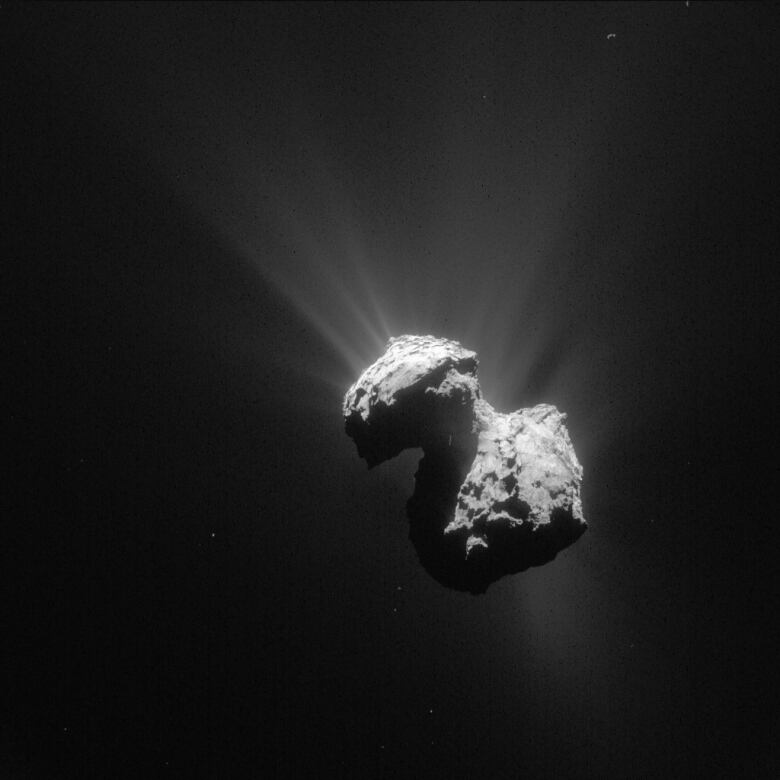
After analysing data from the European spacecraft Rosetta, scientists say molecular oxygen streaming from comet 67P/Churyumov-Gerasimenko, which would be in the neighbourhood of 4.6 billion years old, has implications for the search for alien life and our understanding of how the solar system formed.
A new, red hotdiscoverycould be a step towards finding another Earth-like planet.
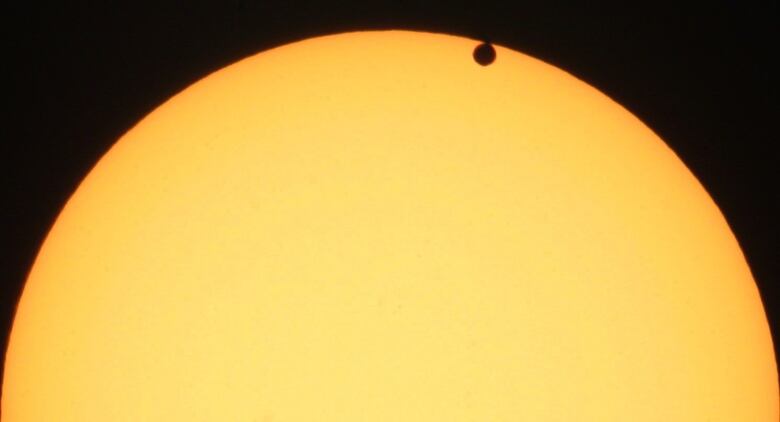
A new rocky Earth-sized planetwas discovered right on our galactic doorstep in November 2015. GJ 1132b, named after the small nearby star that it orbits, can hit 450 C, which is really hot, but not so much so that scientists think it could have a Venus-like atmosphere.
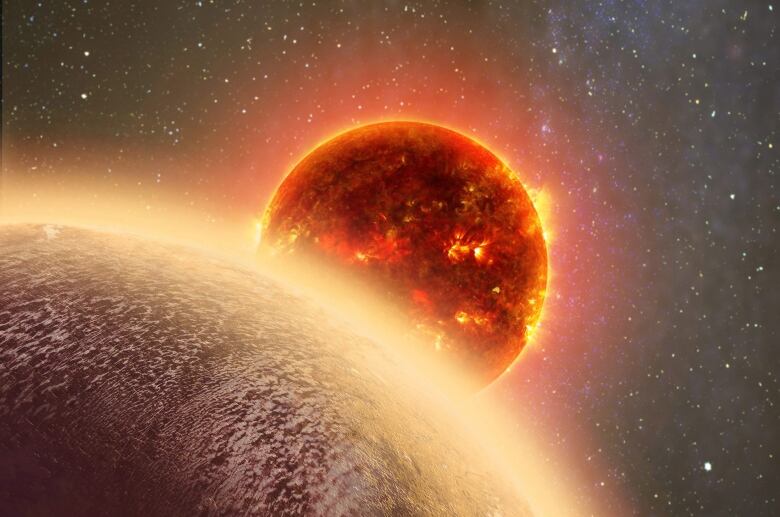
Astronomers looking to stretch their gaze deeper than the Hubble and Spitzer Space Telescope permit are waiting until 2018 for the James Webb Space Telescope, which will help them analyse planets like GJ 1132b so that one day, a potentially life-sustaining planet in a distance solar system can be found.












_(720p).jpg)


 OFFICIAL HD MUSIC VIDEO.jpg)
.jpg)



























































































